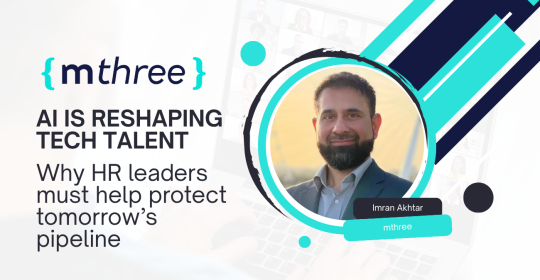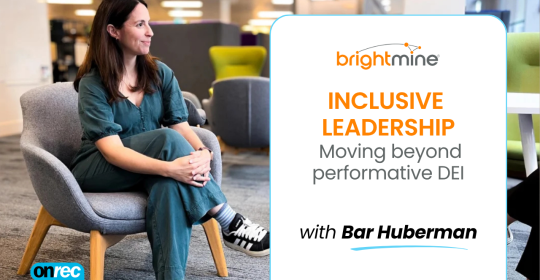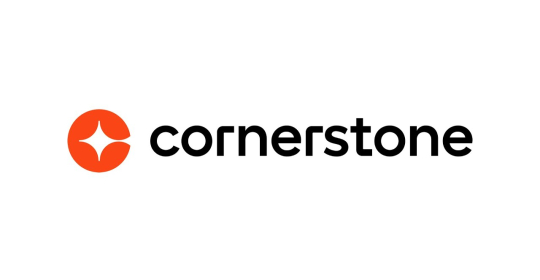Once the subject of a thousand different articles about ‘unlocking their potential’, Millennials now make up the largest demographic in the workforce. In a very real sense, engaging and recruiting Millennial candidates is simply engaging and recruiting modern employees.
So how do you do that? It’s easy to assume that you can win them over through technology, but Millennials require a focused engagement strategy that considers how to motivate them, use their talents, and put them on a path to success.
According to Bullhorn’s Global Recruitment Insights and Data, nearly half of recruiters maintain that Millennials (born 1981-1996) are the most difficult group to reach. Accessing talent pools across all generations will be important, even as attention shifts to Millennials. Sourcing candidates from older generations can be a smart way to address skills and talent shortages, particularly for roles that require a certain number of years of experience and leadership credentials.
But as recruiters adapt to the new Millennial look of the modern workforce, here are four key areas to focus on.
Choose the right digital channel
Recruiters need to upskill to use digital channels effectively: that means understanding SEO, email marketing, social media, and more. To do that, they must first understand how Millennials are using these channels. Studies show that this generation spends more time on mobile devices than any other devices, and a good deal of that screen time is spent on social media. Recruitment tactics should therefore focus on providing a digitally-enhanced experience if they’re to effectively engage this generation’s candidates.
The first step is to move away from forcing candidates to fill in long forms. When they have to essentially recreate the information on their CV, many get frustrated – and some won’t bother to do so. In a world where traditional jobs are being eschewed in favour of contract work, recruiters shouldn’t underestimate the hassle of filling out various boring job applications. Application processes that are unique and interactive are more likely to garner responses.
So, job posts should be listed on digital talent platforms and company websites, but also on social media channels like LinkedIn, Facebook, Instagram, and Twitter. This organically increases the reach of the post, and spending money on paid social media posts will only further raise this number. We recommend using analytics programs or CRMs to determine which channel will be most effective for the target talent pool. These tools can also be used to determine the best time of day to message as well.
Once candidates have been assessed, retaining interest is still important. Some companies have even forgone traditional conference room interviews in favour of more informal meetings, or initial rounds of Skype interviews.
That said, as a rule of thumb, companies should streamline candidate interactions wherever possible. Chatbots can help in this area, screening out and redirecting unsuitable prospects at an earlier stage – saving time and effort for all parties.
Maintain your company’s brand and reputation
Brand and reputation matter to potential candidates just as much as they do to consumers. Millennials tend to consider company reputation more in their employment search – partially because professional and personal fulfilment are considered priorities, and partially because they have more information available to work from. Overall, reputation has become intrinsically tied to the quality of the position.
Businesses therefore must give time and attention to their messaging and their broader public profile. They need to make it clear that they value diversity and inclusion at all levels of the company. This commitment should also be reflected in the language of the job posting: role profiles can often have an unconscious gender bias – for example, descriptions that emphasise dominating or leadership-focused traits can often unintentionally favour men over women. Making these profiles more gender and race-neutral will attract more female and BAME candidates – and widen your overall candidate pool.
It’s no longer enough to just sell the role: recruiters have to sell the company, the benefits, and the culture.
Create opportunities for professional development
As mentioned, Millennials value professional and personal development in the workplace – they want to work at organisations that are genuinely committed to their growth. Contrary to popular belief, Millennials are all too keen to plant roots and stay in a workplace – if it’s the right workplace.
Professional and personal development can take many forms. From networking opportunities to in-house mentorship, there are multiple ways that companies can generate a growth-oriented atmosphere.
Reskilling is another area worth exploring: it can be a win for both the company and the employee as the latter is given the opportunity to swap areas of focus and skill, keeping them fresh and engaged, while the former is able to address skills or talent shortages without protracted searches.
Cultivate work-life balance
As we have seen, Millennials value flexibility and freedom in multiple areas of their lives. A company that acknowledges these desires and satisfies them is likely to have high employee happiness and lower turnover
Consider offering flexible working hours or remote working opportunities over the traditional rigidity of the 9-5 schedule. These benefits shouldn’t interfere with your day-to-day processes, and they will encourage Millennials to apply. If longer hours are required, consider building in perks that facilitate productivity. For example, Google is famous for its organisational culture. But if you can’t afford the multimillion-pound offices, the nap pods, and the office dogs, you can offer many work/life balance benefits like on-site healthcare, company shuttles, and robust maternity and paternity leave policies without overburdening yourself.
To engage Millennial talent, invest in tailoring your approach to the needs of the dominant generation in the modern workforce. Simplify the hiring process by adapting to increasingly common digital practices. Create company cultures that support the growth and lifestyle desired by Millennials. Make a consistent effort to recruit and engage these employees. If you do, you’ll find it easier to recruit, motivate, and retain them.







